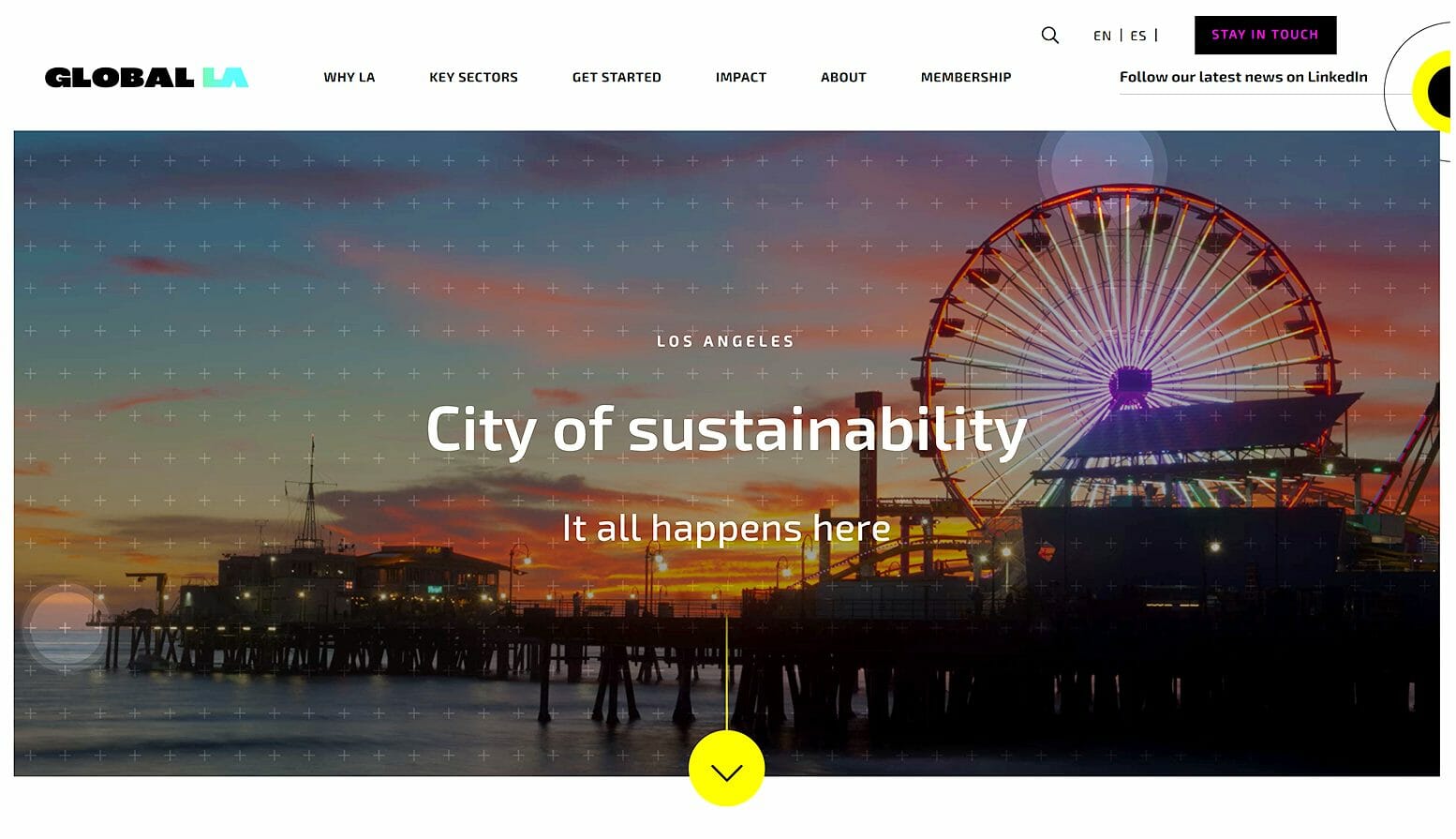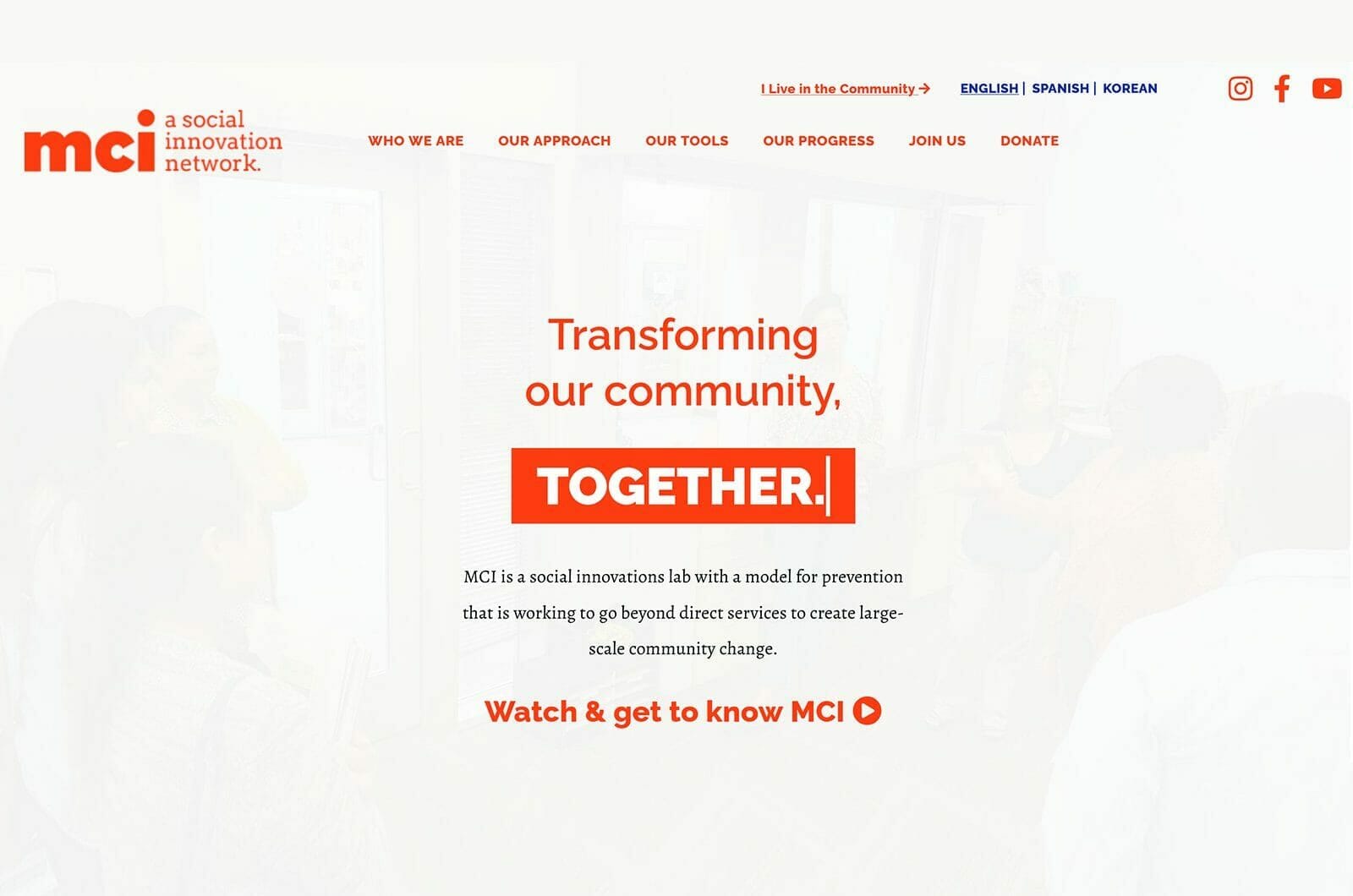25 Jun ‘18
6 Benefits of Nonprofit Branding
25 Jun ‘18
In: Branding & Visual Design, Los Angeles, Marketing, Nonprofit Resources, / By: Heather Richman
It might seem like the words “nonprofit” and “branding” don’t belong in the same sentence. After all, shouldn’t nonprofits be entirely focused on their mission and serving their constituents? And, if the organization does great things and achieves great results, shouldn’t that bring in loads of attention and donations? The thing is, donors (whether they be corporate, institutional, or individual) decide where to put their money based on what they think the nonprofit is doing rather than what they actually know about what the organization is accomplishing. Simply put: donor’s perceptions of an organization play a much bigger role in their decision to donate than all the numbers, metrics, and analytics. And THAT is why nonprofit branding strategy should not be overlooked.
Part of the trouble with embracing the idea of branding for nonprofit organizations is that there are many misunderstandings of what a brand is. At its core, a brand is the thoughts, ideas, and beliefs that a person has about the identity (including the character) of an organization. It is the culmination of perceptions about what the organization stands for, what it does, and how much social impact it is thought to be achieving.
Additionally, brands are connected to reputations. Generally speaking, recognizable brands often have good reputations. That’s not always the case, of course; and when it’s not, an organization needs to take quick action to fix the issue. Similarly, when an organization has a great brand, protecting it becomes a top priority. It could be said, and we at Ripe certainly believe, that in the nonprofit sector a non-profit organization’s brand is the most valuable asset because it is the foundation for all other assets.
How and Where to Start
Now then, if brands are so valuable, why don’t all organizations work hard to build theirs? One of the issues could be described as a catch 22—or the beloved “chicken and egg” conundrum. On one hand, a great brand is the product of having plentiful resources brought about by effective fundraising and outreach, which produce meaningful results, all backed by a fantastically talented team. On the other hand, a great brand determines all these things; because strong brands attract more resources and drive interest, momentum and, ultimately, success.
The reality is that nonprofit branding strategy is rarely the very first task an organization takes on, and with good reason. The seed of all great nonprofit organizations is to provide important services for groups of people who would otherwise be disadvantaged. Naturally, the work must begin first, although typically a logo, tagline, and maybe even web design are completed as a grassroots branding effort.
But when an organization is ready to move up to the net level, to be recognized on a broader stage, to unify long-term goals, and strengthen internal identity, cohesion, and capacity, a complete brand strategy and positioning effort should be considered.
Brands are valuable because they can make everything else a nonprofit does easier. They open doors, attract support, create excitement and interest, and bring resources that in turn allow the brand to flourish and become even stronger. How can a nonprofit start this snowball of perception and organizational success? A great place to start is by recognizing the following benefits of nonprofit branding.
6 Benefits of Nonprofit Branding
1. Confidence & Credibility
When you’ve done the work to position your brand properly, one of the rewards is the ability to speak with confidence, clarity and credibility. It’s the difference between talking to someone who authentically believes what they are saying and someone who doesn’t. This difference is extremely important in the nonprofit sector.
2. Improved & Curated Image
The intentional creation of your communication materials—based on qualitative and quantitative research & findings—cultivates an image that is relatable and memorable. As a result, not only will your communication efforts see more return on investment, but they can also cost less to produce due to built in efficiencies.
3. Increased Trust & Loyalty
Along with your organization’s improved image, there is a profound psychological impact when a brand identity is properly positioned and aligned with its target audiences. Humans naturally gravitate toward experiences and communities they trust. As a result, building trust will make people want to connect with your organization more.
4. Organizational Unity
Brand development has vital internal benefits. Ask yourself this question—Do you and your team simply know your purpose or do you believe in it? Do you just work together or do you also think together? When discussing this with our clients, we like to reference a 1962 story of when America & NASA were preparing for the Apollo missions to the moon. The story goes that President Kennedy, while visiting NASA, came into a conversation with a janitor. The President asked “What do you do here?” The janitor replied, “Oh, Mr. President, I’m putting a man on the moon,” before rushing off to continue his work. Every NASA staffer responded in the same way. Engineers, publicists, and janitors alike. This exemplifies the truly unifying power of common “belief” and “purpose.”
5. Operations & Strategic Planning
Through a brand positioning process, valuable feedback and insight is gathered that allows organizations to make informed decisions. For example, one of our clients was surprised to find that a particular sector of their constituency had little to no understanding or awareness of the organization’s services. This made it clear that budgets needed to be shifted and strategic plans needed to be launched to directly address this group.
6. Increased Engagement & Donations
It’s a “noisy” world in the nonprofit sector with heightened competition for garnering support and achieving visibility. A solid brand that is in unison with all your organization does and stands for will allow you to be heard, rise above the racket, and be memorable and relevant.
The (Sometimes) Long and Winding Road
In a perfect world, nonprofits would easily be able to control and build their brands to drive support and resources. But creating strong nonprofit branding is difficult work, and it is a more subtle and involved process than simply creating a new logo or tagline.
None of the steps required to create a great brand requires a degree in rocket science; however, few are easy to do—evidenced by the fact that not many nonprofits have powerful brands. While much of the focus for nonprofits is on proving their effectiveness and efficiency, there is an argument to be made that brand management—not performance—is an overlooked avenue to nonprofit growth and success.
Be sure to check out our work for non-profit branding examples.















